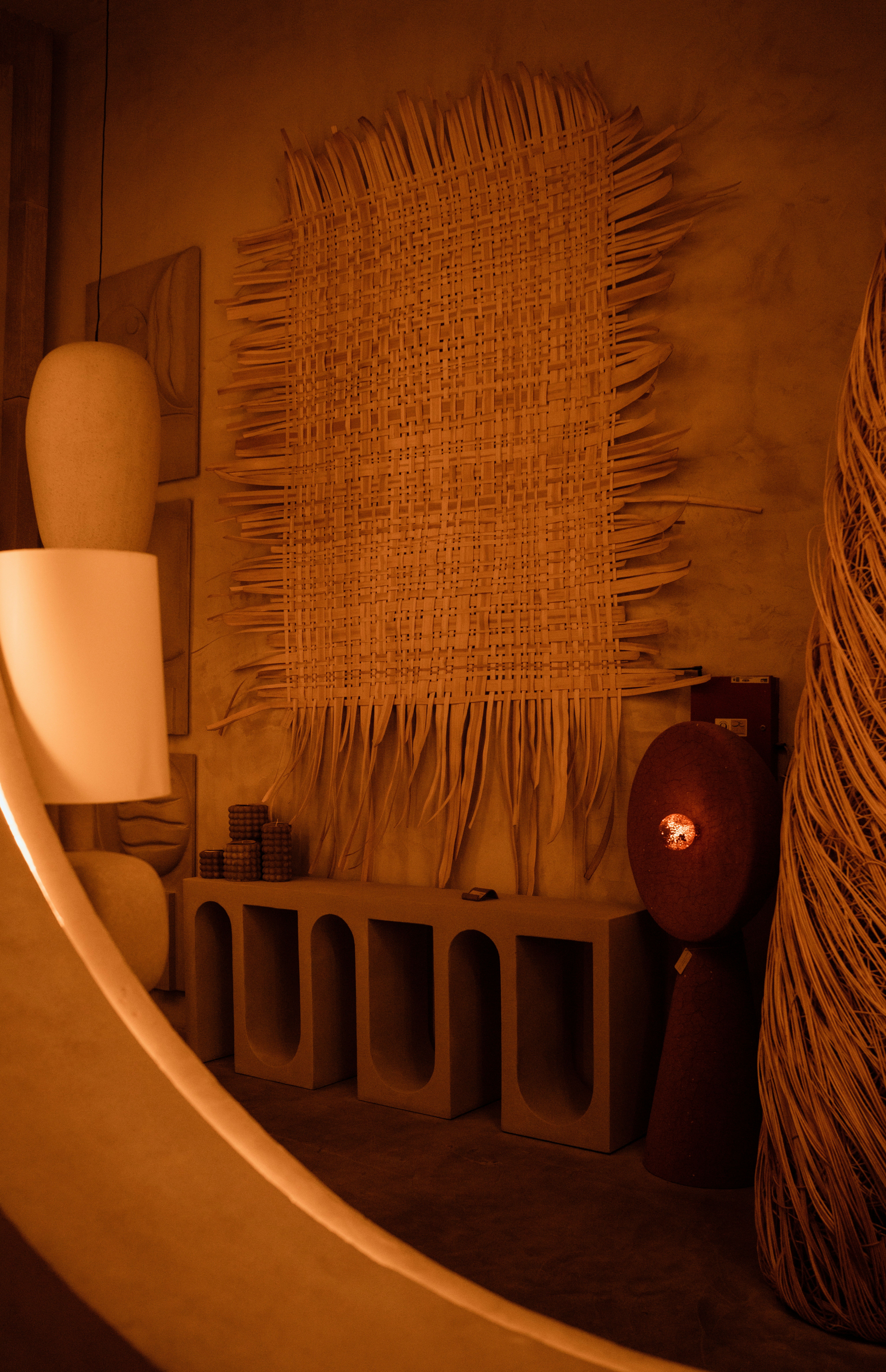
Understanding Interior Design
Interior design is a fascinating field that encompasses the art and science of enhancing the interiors of a space to achieve a healthier and more aesthetically pleasing environment. It involves a deep understanding of architecture, furnishings, color theory, and spatial arrangements. This multifaceted discipline is essential for those looking to create functional and inviting spaces in homes, offices, and commercial establishments.
The Role of an Interior Designer
Interior designers play a vital role in transforming spaces. They work closely with clients to assess their needs, preferences, and style. By integrating elements such as furniture, fabrics, lighting, and color palettes, designers create cohesive spaces that reflect the client’s personality while adhering to practical requirements. Moreover, interior designers stay updated with trends and regulations, ensuring their designs are not only trendy but also compliant and functional.
Key Elements of Interior Design
Several key elements contribute to effective interior design. These include:
- Space: The foundation of any design, understanding how to use space efficiently is crucial.
- Color: Colors can influence mood and perception within a space.
- Lighting: Proper lighting enhances functionality and aesthetic appeal.
- Texture: Layers of texture add depth and interest to a room.
By considering these elements, professionals create harmonious interiors that serve both functional and decorative purposes. Ultimately, interior design is not just about making spaces look beautiful; it’s about creating environments that enhance our lives.